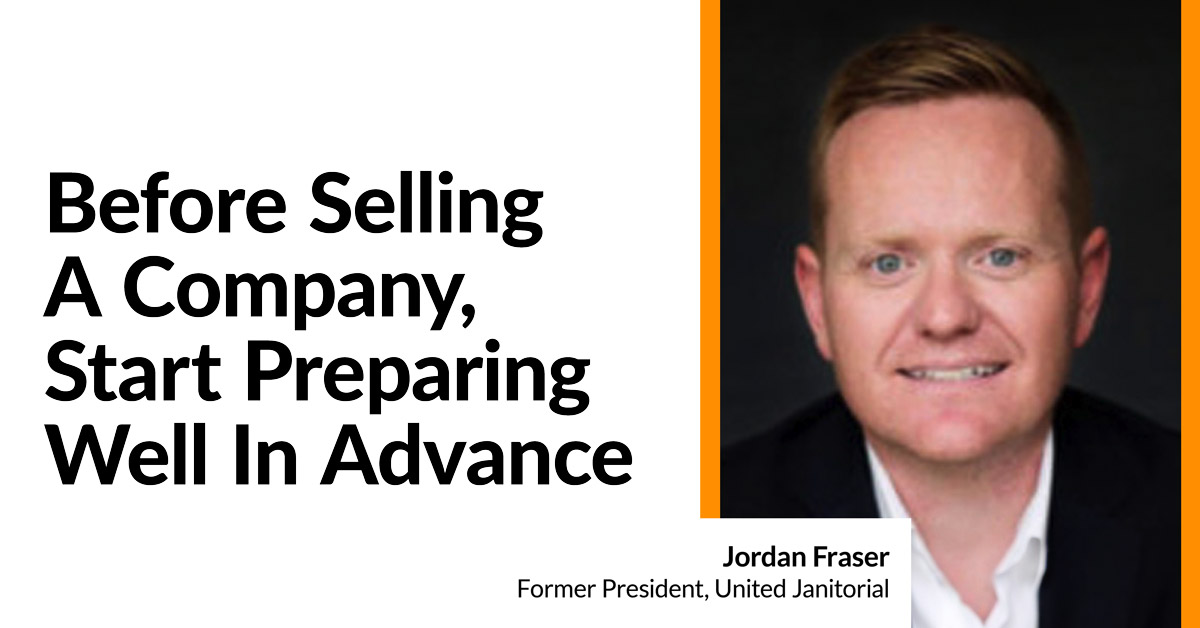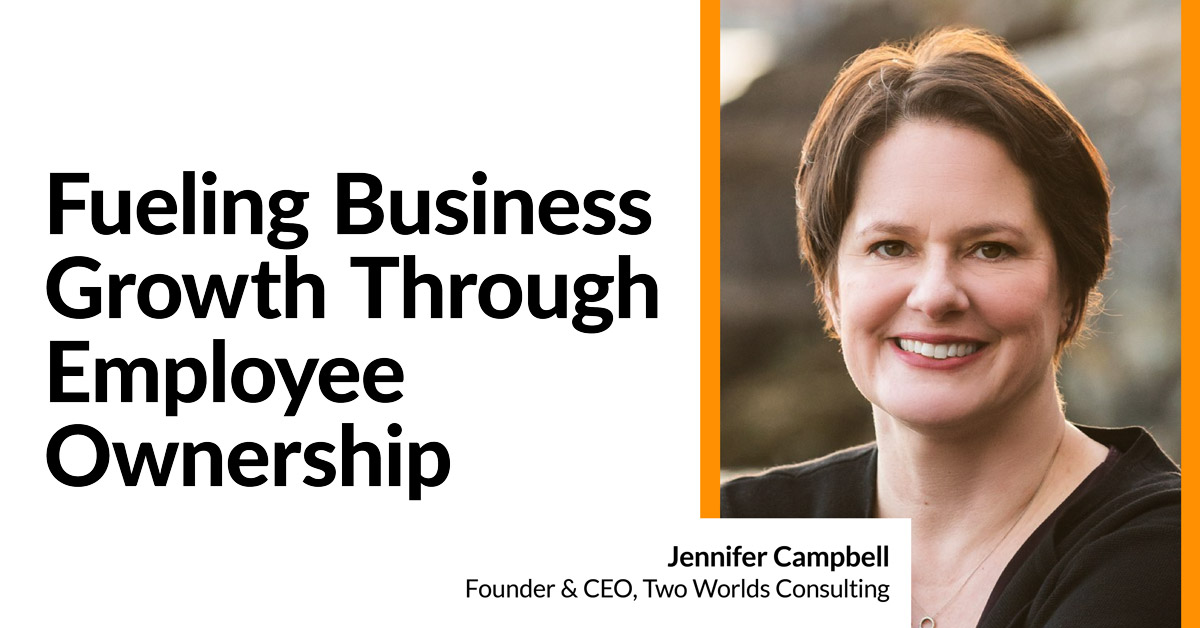Growing Your Business by Acquisition and What You Need to Know Along the Way
Bonnie Elgie

One of the most challenging aspects of an acquisition is ensuring there is a cultural fit between the company that is buying and the seller. As an entrepreneur who has completed multiple acquisitions, Brian Jones knows how to evaluate fit prior to closing a deal. The acquisition matrix he and his partners use guides their decision-making around the fit of a new business and its people into their current growth strategy.
In our interview with Brian, we discuss:
- The benefits of integrating entrepreneurs into your company through growth by acquisition strategy;
- The segments of an acquisition matrix decision-making tool;
- Why it’s important to be transparent with restructuring plans from the beginning;
- The best time to engage advisors.
Brian shares several practical takeaways that will benefit entrepreneurs no matter where you are in the transition process.
From the outside looking in, the life of an entrepreneur is exciting, fast-paced and never the same day twice. Brian Jones started his career in finance and private equity but was inspired by the entrepreneurs he met who seemed to “be having all the fun”. He decided to make the leap and join the entrepreneurial world in 2001 in a turnaround situation with a seal company. Five years later, he sold that business to a large company. He then set about building $250 million global oilfield sealing business for Freudenberg Group, a world leader in supplying material science and seal solutions in over 50 countries.
Brian lived all over the world, buying businesses and in 2014 returned to Edmonton for a restructuring assignment. He founded HCI Filtration Inc., a company established to acquire, improve and grow North American businesses operating in the industrial filtration market segment. The business was established in 2021 and has made four acquisitions to date.
The growth by acquisition strategy is a business model that allows for the gain of entrepreneurial knowledge – including history, legacy business and cash flow.
“We want to include the entrepreneurs from companies we acquire as part of our long-term journey,” he says. “So we built an entrepreneurial structure inside of our business, because in the end, we're going to be an aggregation of a number of entrepreneurs, as we build the business.”
Brian explains that a key to HCI’s success is the establishment and use of an “acquisition matrix” used to evaluate various segments of a potential company, such as product portfolio, size and culture. He says that cultural fit is the most critical component.
“There certainly has to be a complete fit of the business into your strategy, including the people that we are going to work with afterwards. We can buy a great business with people who don't fit and then it's extremely difficult to make it work out. For me, the most critical part is cultural fit, with the business that we are acquiring. All of the other things have to fit into our acquisition matrix, but in the end, if the people don't fit, we don't do the deal.”
He adds that when acquiring and integrating entrepreneurs into the new business, it’s really important to have open and transparent conversations about the future direction the company will take once acquired.
Brian explains, “If there's an acquisition where we're going to do substantial restructuring, we're honest with the people up front and say, ‘This is where your business fits inside of our business. It's a little bit different than the way you currently run your business. Is it okay with you if we buy your business and set it up that way?’.”
If the response is “no”, Brian says it is better to know upfront. He says some people appreciate the honesty and may even suggest modifications to the plan, which often work out extremely well.
In addition to the acquisition matrix and emphasis on cultural fit, Brian says the use of good advisors is very helpful to a deal’s success. If advisors aren’t engaged early enough, entrepreneurs often end up making mistakes that can be hard to correct or come back from. He says that good transaction advisors for both financial and legal matters are key early on and finding the right fit can happen before you start the selling process.
“Usually the sale of a business is not a surprise and you’ve been planning it for years in advance. Take those years to select your advisors and prepare for sale. Because the advisors want to get the transaction opportunity later often times, their early advice is free. They can give you all sorts of really good guidelines, and while you're getting this free advice, you can also assess whether you're aligned with the advisor or not."
And while advisors are essential to any deal, entrepreneurs need to be prepared to drive the process and be prepared to do the bulk of the work. He advocates for clarity of roles from the out-set. Sometimes advisors try to cross the line into decision-makers, and sometimes it can be helpful, if it's aligned, but many times it can take transactions completely off-side. Ultimately, the decision-making needs to reside with the entrepreneur who is responsible for the business operations and the employees.
He says, “One of the best pieces of advice that I got early on was that advisors are there to advise the business and entrepreneurs are there to make final decisions.”
BACK










